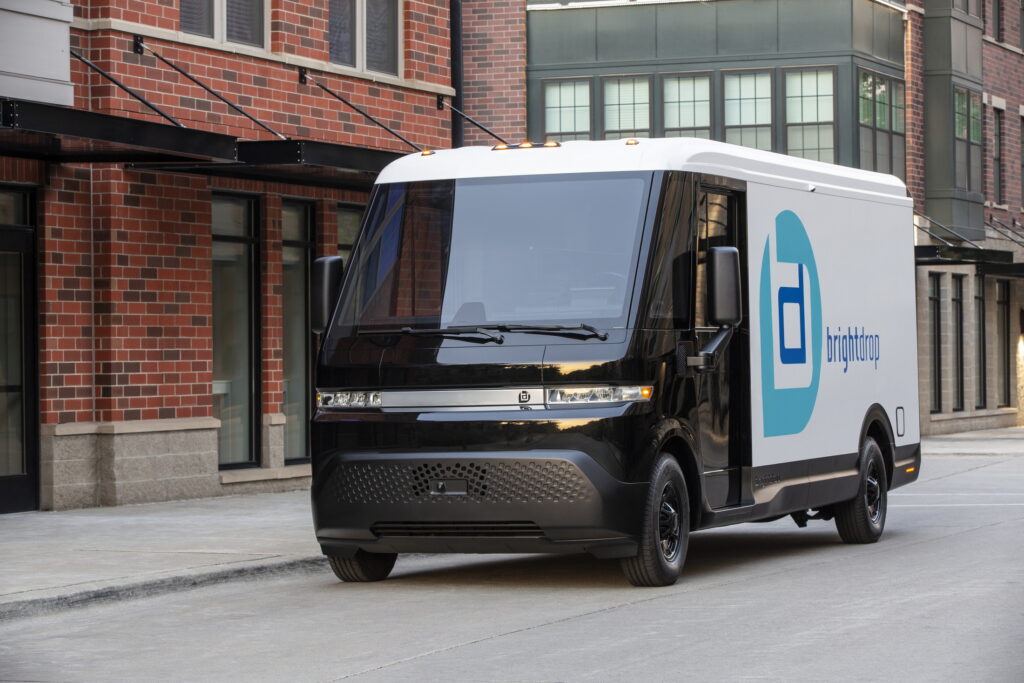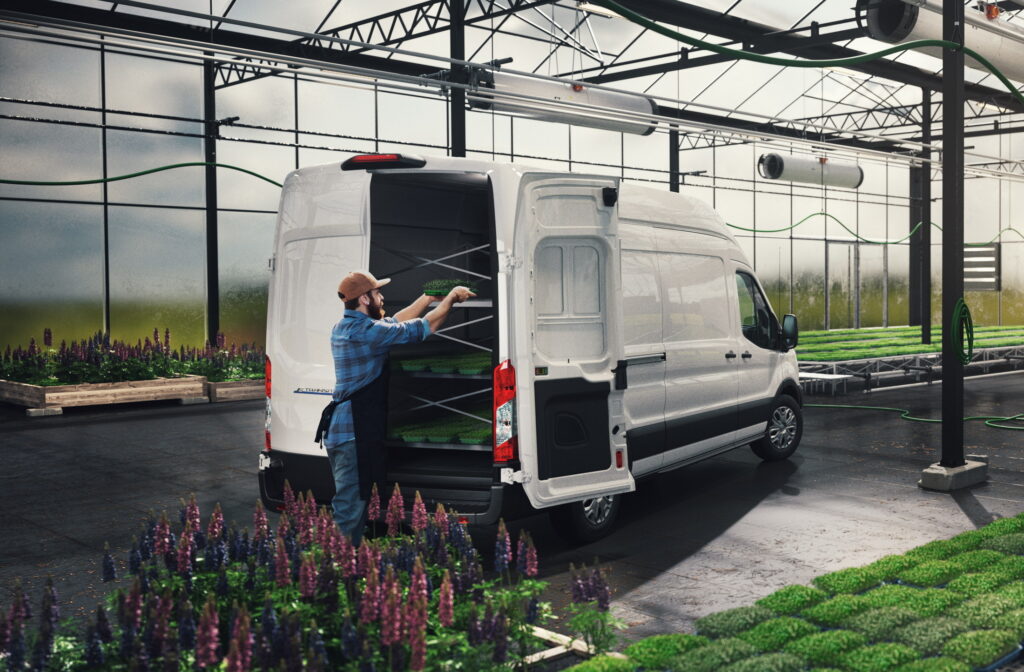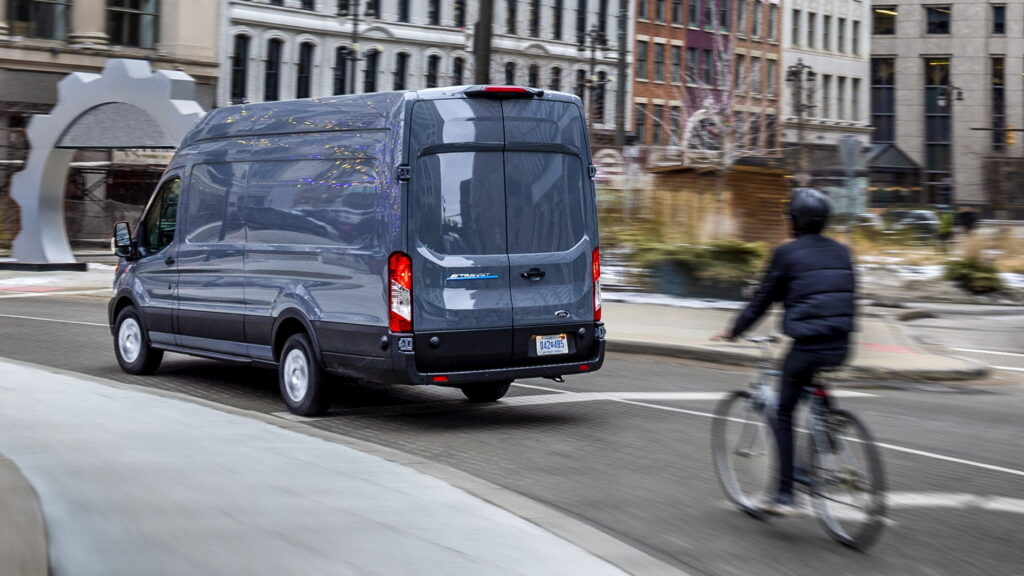- Delivery vans have become more important than ever, but they aren’t equipped with as many safety features as passenger cars.
- The IIHS says that a few active safety technologies could help prevent more than 1,200 collisions with pedestrians per year.
- Meanwhile, louder seatbelt warning sounds could help save van drivers’ lives.
E-commerce has exploded in recent years, prompting more and more companies to invest in fleets of delivery vans. Unfortunately, these vehicles tend not be equipped with as many active safety features as passenger vehicles, but the Insurance Institute for Highway Safety (IIHS) estimates that if they were, it would have a huge impact on safety.
The organization reports that delivery vans are more dangerous than passenger vehicles because of their greater weight. The vehicles’ high ride height also makes them particularly hazardous to pedestrians and cyclists, and that’s a concern because van sales are up 43 percent since 2020.
Read: Auto Braking To Become Mandatory On All New U.S. Passenger Cars By 2029
Fortunately, manufacturers have committed to equipping new vans with forward crash prevention systems and will soon be required to use the technology. According to the IIHS, if the tech results in a similar reduction in the rate of rear-end collisions for delivery vehicles as it is associated with in passenger vehicles, that could mean 77,000 fewer crashes and 1,200 fewer light van collisions with pedestrians per year.
The IIHS is calling on automakers to do more than just install automatic emergency braking systems in their vans, though. The organization estimates that a lane departure warning system could have helped mitigate the danger in 11 percent of fatal collisions involving a delivery van recorded between 2016 and 2021. Meanwhile, in that same period, a speed limiter could have potentially averted disaster in 10 percent of fatal van crashes.

It also notes that the unique uses of delivery van may make other safety tech important, too. For instance, because delivery drivers are constantly jumping in and out of their vehicles, it’s likely that seatbelt usage is lower than in passenger cars. As a result, the IIHS posits that a louder, more persistent seatbelt warning chime could help save lives.
“The potential benefits of these technologies are simply too big to ignore,” Harkey said. “Manufacturers should make them standard equipment as soon as possible, and fleet owners should explore aftermarket products for their current delivery vans.”





